A high-speed rail (HSR) link between Kuala Lumpur and Singapore isn’t something new which was hatched yesterday. The toy was in the discussion way back in the late 1990s, during former Prime Minister Mahathir Mohamad era. However, the 1997-1998 Asia Financial Crisis made it impossible to spend billions while both countries – especially Malaysia – could barely breathe.
After Mahathir retired, the idea resurfaced in 2006 when YTL Corporation revived the proposal. Leveraging on the company’s ERL (Express Rail Link) project in Kuala Lumpur (KL), the capital of Malaysia, YTL tried to impress then-Prime Minister Abdullah Badawi that a high-speed rail link between KL-Singapore would shortened travel time to 99-minutes.
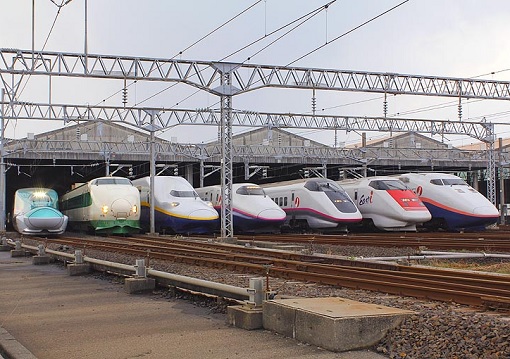
Of course, the proposal didn’t get to see the light of the day due to the staggering cost of RM8 billion (then US$2.5 billion). Badawi administration officially halted the project in 2008, the same year the prime minister lost the customary two-thirds majority in a general election. He was given the boot a year later in 2009.
When Prime Minister Najib Razak took over in 2009, the high-speed train project was given a new breath of life – again. After years of study, finally Singapore and Malaysia sign a MOU (Memorandum of Understanding) on Tuesday (July 19, 2016). A legally binding bilateral agreement is scheduled to be signed end of this year.
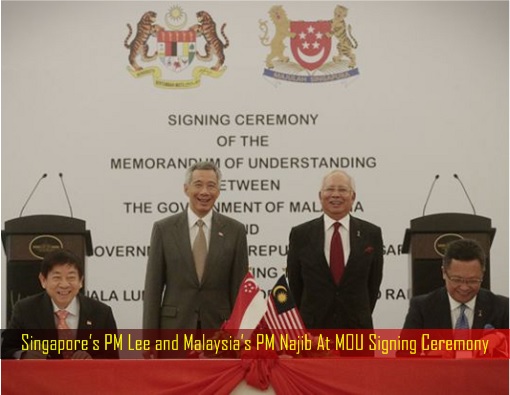
The only thing that can stop this mega project is Najib administration calling a snap election, and lose, before the signing ceremony. However, considering this is his biggest project after the ongoing RM36 billion MRT (Mass Rapid Transit) project, Najib Razak would ensure all his “cronies’ interest” are fully secured.
{ 1 } Project Timeline
From yesterday’s MOU until end of this year, there would be paperwork involving tenders and agreements. Next year (2017) will be the phase involving civil works and tender for private entity overseeing train and rail assets – more paperwork. The actual construction work will start only in 2018 until 2025, including finalizing of operators in late 2023.
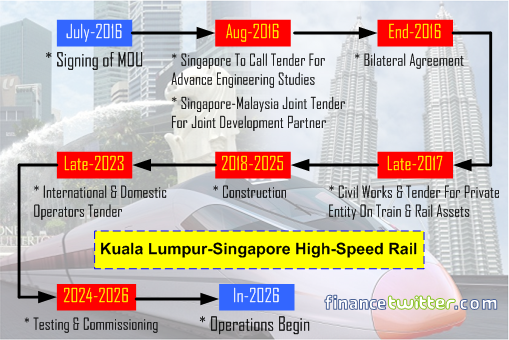
Testing and commissioning of the high-speed rail link will commence between 2024 and 2026. By the year 2026 – 10 years from now – the high-speed linking Singapore and Kuala Lumpur is scheduled to be operational. However, very few people believe the project could be completed within the 10-year time frame, for obvious reason.
{ 2 } Project Cost
Neither the MOU signed nor Malaysian Prime Minister Najib Razak or Singaporean Prime Minister Lee Hsien Loong reveals the cost of the ambitious project. However, the estimation figures were more than RM60 billion (S$20.3 billion; US$15 billion; £11.3 billion). Depending on how the cost was being derived, the final cost could easily triple to RM180 billion due to leakages on Malaysian part.
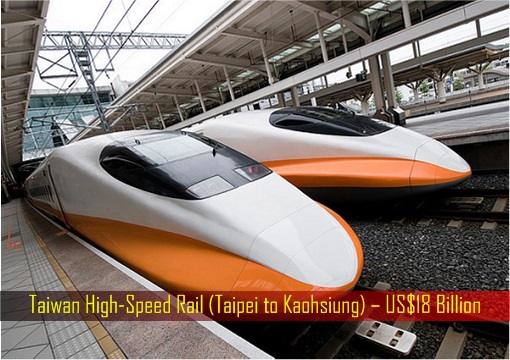
In comparison, a 345-km HSR in Taiwan linking capital Taipei to the Southern City of Kaohsiung, an almost-similar distance project, had cost US$18 billion (S$24.2 billion; RM71.6 billion; £13.5 billion) to build. The Taiwan’s HSR which was operational in 2007 was designed and built based on Japan’s Shinkansen technology. Is Singapore-KL HSR based on the same reliable technology?
{ 3 } Project Distance and Stations
The project will involve the construction of a brand-new line with dedicated tracks, which will allow trains to reach a maximum speed in excess of 300km/h, cutting travelling time between both cities to around 90-minutes, excluding clearance at customs, immigration and quarantine (CIQ). This is including the expected 10 to 15 minutes of HSR between Singapore and Iskandar Puteri in Johor Bahru.
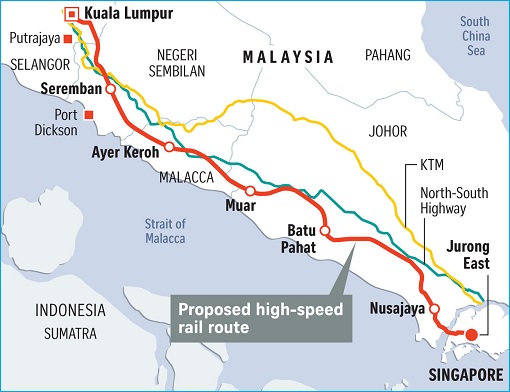
The high-speed line will run for 350-km, with 335-km in Malaysia and 15-km in Singapore, and on two tracks going in opposite directions. There will be 8 stations: 7 of which will be in Malaysia (Kuala Lumpur, Putrajaya, Seremban, Ayer Keroh, Muar, Batu Pahat, Iskandar Puteri) while the remaining 1 station will be located at Jurong East, Singapore.
{ 4 } Three Services by Two Operators
The HSR will consist of 3 services to be operated by 2 operators – OpCo International and OpCo Domestic. Both the “express service” on KL-to-Singapore stations stretch and the “shuttle service” on Iskandar Puteri-Singapore stations stretch will be under OpCo International. A third “domestic service” will manage the domestic service within Malaysia, with no involvement from Singapore.
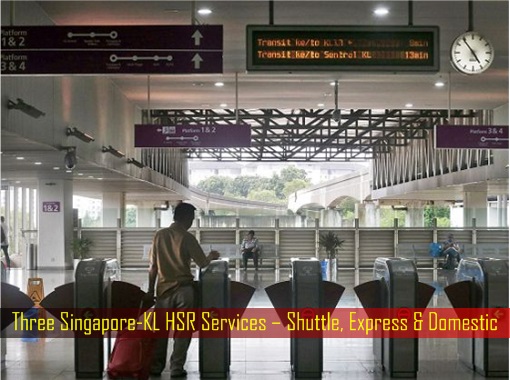
The third “domestic service” that will make stops at 6 transit stations – Putrajaya, Seremban, Ayer Keroh, Muar, Batu Pahat and Iskandar Puteri – will be operated by OpCo Domestic. Because the domestic service is fully under Malaysian jurisdiction, this is where major “leakages”, “inefficiency” and “cronies” would rear their ugly heads (*grin*), as they usually do.
{ 5 } One Project But Two Developers
The Singapore and Malaysia governments will be responsible for developing, constructing and maintaining the civil infrastructure and stations within their own countries. This will be undertaken by MyHSR Corporation in Malaysia and the Land Transport Authority in Singapore. PM Najib, whose 1MDB scandal is still alive and kicking, was quick in promising an “open, transparent and fair tender process.”
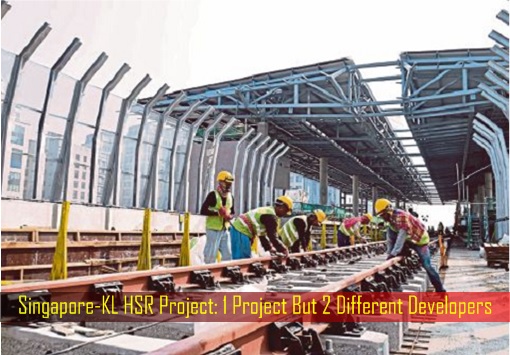
However, the fact remains that 95% of the HSR is within Malaysia territory. Therefore, RM57 billion of the estimated total cost of RM60 billion will be spent from Malaysia’s budget, not Singapore’s. In other words, Singapore’s financial risk is roughly 5% as compared to Malaysia’s 95%. And if the project cost balloons, Malaysian public’s money will pay accordingly.
{ 6 } Co-Located CIQ
Both nations have agreed that the Singapore and Malaysia Customs, Immigration & Quarantine (CIQ) facilities will be co-located at three locations – Kuala Lumpur, Iskandar Puteri and Singapore. International-bound passengers will only need to go through CIQ clearance – “once” – by both Singapore and Malaysia authorities at the point of departure, ensuring swift and seamless travel.
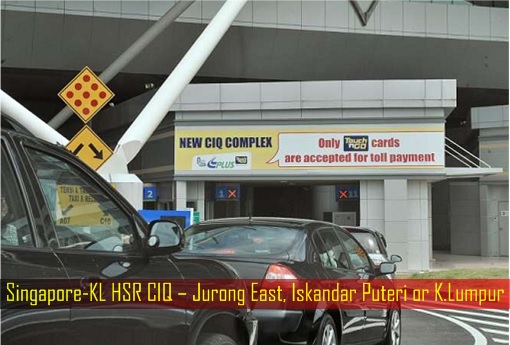
What this means is Singaporeans wishing to visit Malaysia only needs to clear CIQ at Jurong East (where Jurong Country Club is currently located). Malaysians, on the other hand, can be cleared at either CIQ Kuala Lumpur (Bandar Malaysia) or CIQ Iskandar Puteri. These are the areas where efficiency would affect the overall time of a passenger’s journey.
{ 7 } Train Manufacturer
The HSR trains are expected to be 10 cars long, with the capacity for up to 100 passengers per car. However, the billion dollar question is the train provider. Will the KL-Singapore HSR pays for a proven technology from Japanese’s Shinkansen technology, like the Taiwan’s HSR? Or is this the time to repay the kindness of China for bailing out PM Najib Razak’s 1MDB scandal?
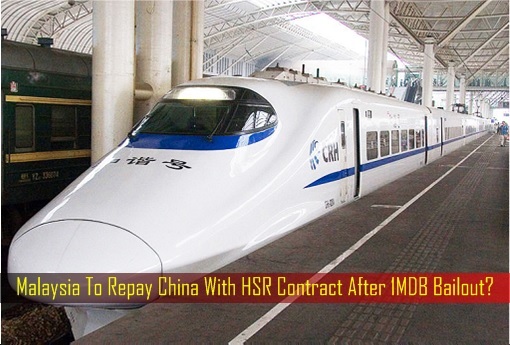
If not, technology from the European is fine too, but it’s highly likely that peoples’ security would be sacrificed and forced to choose China’s HSR supplier, the same one that the Chinese had allegedly spent enormous time and money in lobbying and bribing Indonesian officials before they won the contract to build Jakarta-Bandung HSR.
{ 8 } Train Fares
As expected, Singapore authorities said the fare will be set commercially by the operators and “competitive with airfares”. PM Najib’s boy, Abdul Rahman Dahlan, meanwhile said the pricing for trips on the HSR would be affected by the bids for the project although the airfares would be taken into consideration.
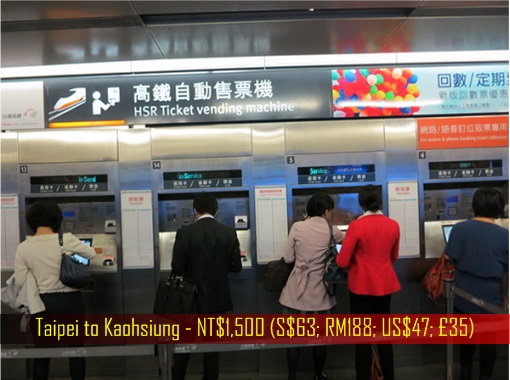
In Taiwan, a ticket on the high-speed rail service between Taipei and Kaohsiung – at a similar distance of 345km – goes for about NT$1,500 (S$63; RM188; US$47; £35). Assuming the RM60 billion is the final cost, which is highly unlikely considering the level of corruption in Malaysia, it’s a challenge to match Taiwan’s ticket price, let alone airfares offered by low cost carriers.
{ 9 } Revenue Sharing
Although Singapore only constitutes 5% of the overall HSR length, the cost would be considerably higher because of the 15-km underground infrastructure. Hence, the total cost would be a primary factor in determining the revenue sharing between both countries. However, because both will be responsible for construction and maintenance within their own countries, the tricky part comes.
Because 95% of the HSR project is to be done by Malaysian main contractors, the final cost could skyrocket and differ very much from the initial budget. There are thousands of items that can be marked up. There’s no mention about the revenue sharing model in the MOU. Besides project cost, there’s also the factor such as carload from both countries.

A Singapore dollar is worth 3-Malaysian Ringgit hence the purchasing power of a Singaporean is essentially 3-times more. Unless there’re 2-set of different fares, the HSR project could see tons of Singaporeans flocking into Malaysia while only a handful of Malaysian who could afford travelling on the “luxury high-speed rail”. When this happens, will the revenue sharing be revised?
{ 10 } Maintenance Cost
A separate private entity will design, build, finance and maintain the trains as well as rail assets, like track-work, communications, signalling and power. It will also allocate and control track access. Depots and maintenance facilities will be located in Malaysia, not Singapore. Again, will the maintenance cost be shared proportionately, the same way revenue is to be shared?
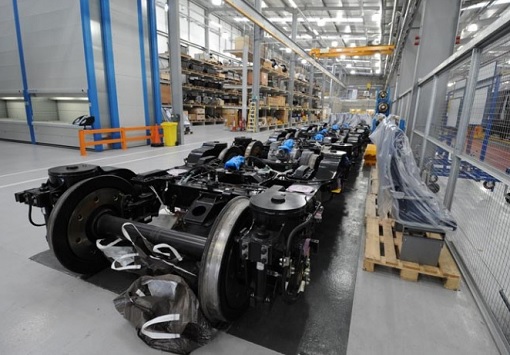
Clearly, Singapore has everything to worry about the maintenance cost because this is a long-term annual OPEX (operating expenditure), not CAPEX (capital expenditure). But knowing his buddy’s 1MDB and RM2.6 billion scandals, perhaps PM Lee Hsien Loong already has the solution to handle Malaysia’s problem of corruption and inefficiency on this matter.
Other Articles That May Interest You …
- How Najib Razak’s Scandalous 1MDB Brings Down A 143-Year-Old Swiss Bank
- Zouk Sucks – Insult DJ Fadi & “Kow-Tow” To PM Najib’s Playboy Son
- What Took You So Long, Singapore? Trying To Cover Najib’s 1MDB Scandal?
- WSJ’s Last Bombshell For The Year – Najib’s $700 Million Came From 1MDB
- Jokowi’s Ambitious Plan – Taking Indonesia Into High-Tech Era
- China Wins Indonesia High-Speed Train Contract, And Japan Isn’t Happy
- Here’re 14 Crazy Facts How Huge (1MDB) RM42 Billion Debt Is
- Meet Singapore New Richest Man, Who Never Went To School
- China’s Proposal for Malaysia-Singapore High-Speed Train?

|
|
July 20th, 2016 by financetwitter
|


|

|

|

|

|

|











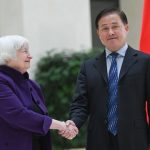
















I tried to comment on this article but could not do so and advised to refer to Twitter.